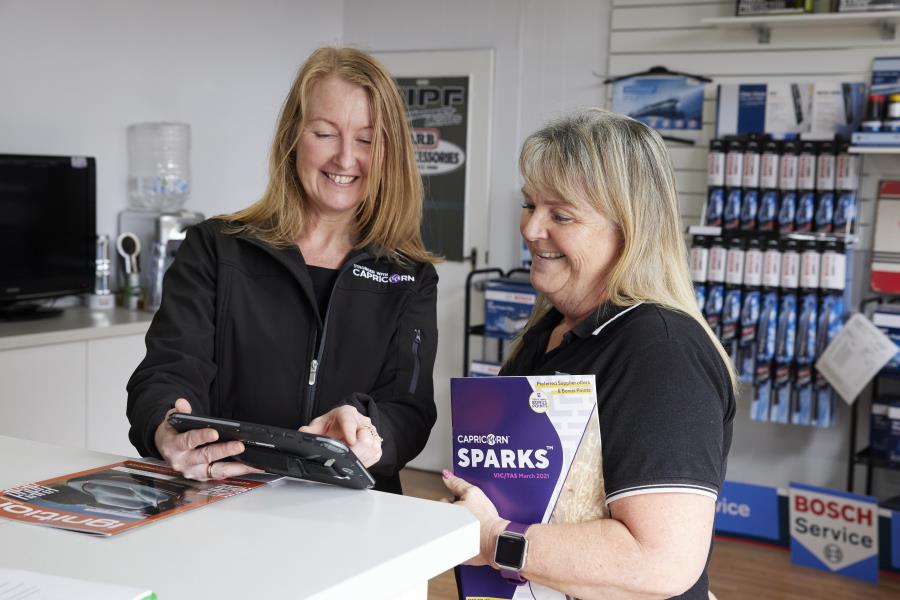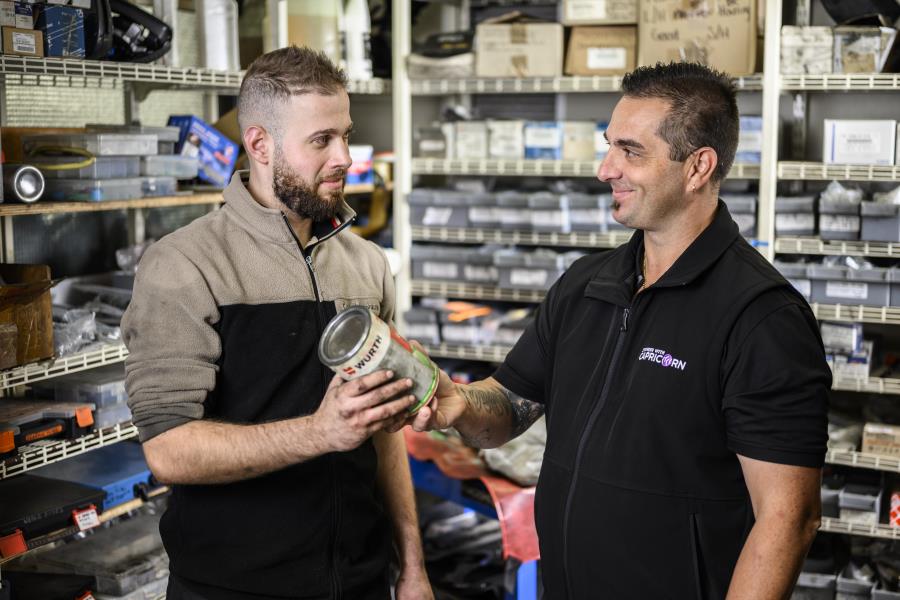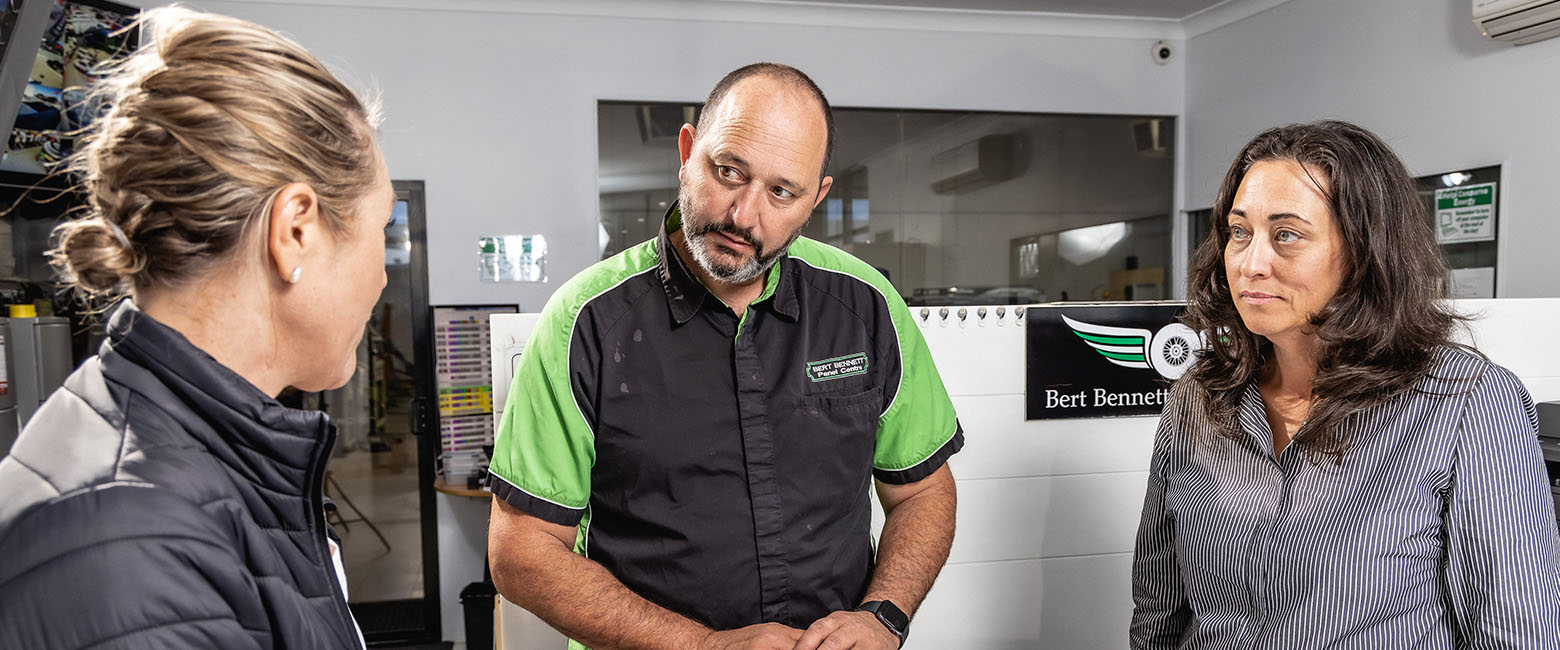Consider yourself blessed if all of your customers just throw their keys at you and say ‘do whatever it takes’. But when it comes to big spending, most customers will want to be walked through every item on the list.
Regardless of the type of customer, remember this: customers may forget what you said, but they’ll never forget how you made them feel.
It is widely accepted that customers who are better educated about what needs repairing or replacing on their car will feel more satisfied about spending money than those who feel they may have been sold something they didn’t really need.
It is imperative that large, complicated and expensive repairs be explained clearly to customers. They need to understand why they are handing over their hard-earned money. This is no easy task, because many repair issues are complex and way over the heads of the average customer.
Workshops must have processes in place to manage customer communication in such a way that the workshop’s reputation is upheld and the customer remains loyal.
Here are some tips for your process:
Build trust
Trust is the key reason why customers bring their car to your workshop. Trust is not instant, and it takes time and dedication.
- smile and greet customers politely
- use their name in conversations
- make sure the workshop and office are neat and tidy
- follow through with what you promise
- prioritise repair lists with your customer
- present customers with options.

Take your time and read your customer’s body language
You may have a long queue of cars that need finishing, but that is irrelevant to your customer. When explaining complicated concepts, give your customers your full attention and explain things slowly. Rushing explanations through will frustrate customers; what you are saying might be basic stuff to you, but totally foreign to them. Read their body language. If you are honest with them, they will let you know by body language or verbally that they understand what you are saying, or if they need more information. Perhaps they just want to pay and be on their way.
Don’t get too technical
Don’t get bogged down trying to explain how a part works. You will lose 99.9 per cent of them instantly. Rather, focus on the basic role the part plays in the vehicle’s operation. For example, ‘The diesel particulate filter is an exhaust device that traps nasty pollutants like soot and ash before the exhaust pipe lets them out into the atmosphere’.
Explain the risks and costs of not repairing or replacing
Understanding that a component is damaged might not be enough reason for your customer to get it repaired or replaced. To make their decision, customers need to know what the related risks and costs might be if they don’t get the work done. Risks and costs can be explained like this:
If you don’t agree to have us carry out this service or repair:
- safety – you will be putting the safety of yourself and your family at risk
- reliability – the vehicle’s reliability will be impacted and placed in doubt
- future cost – it could trigger more damage that will cost more money in the long run.
Be aware that different customers will have different reasons for getting something repaired or replaced. For example, a mother with a newborn would hopefully put a higher priority on safety, whereas a delivery driver would put a higher priority on reliability.

Show the damaged parts
Where possible, show the damaged parts from their car. Seeing the actual damaged part closes the case for most customers. If showing parts is not physically possible, take photos or videos of damage – this is now easy to do on any smartphone. A new app, made specifically for the automotive industry, VentaVid, makes it even easier to send video messages to customers.
Use educational material
Where appropriate, external literature, videos or animations can be called on to help explain complicated concepts. These can be emailed or messaged to customers, allowing them to watch in their own time or before you call them up to discuss the issue. These materials won’t necessarily do the complete job for you, but they give the customer a better understanding of the issue, allowing you to focus more on the actual repair options.
Where possible present options
Once customers are satisfied that an item needs attention, they will start thinking of possible options – can they carry on for a while before getting the work done; can a second-hand part be used; can an aftermarket new part be used, or must it be a genuine part?
Customers very much appreciate being presented with options as it makes them feel in control of the situation. Taking the time to run through their options will enhance your reputation and customer loyalty.
As car technology becomes even more complex, this trend is likely to continue and become more commonplace. Taking the time to educate customers and using all available resources and technologies to explain complicated concepts will be a very worthwhile investment for your business.


